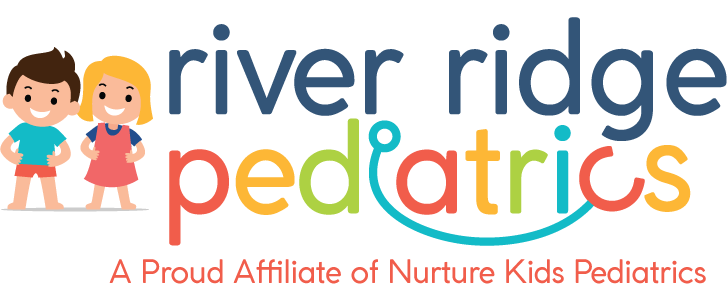When to Seek Help for Insect Bites on Children
When to Seek Help for Insect Bites on Children
Many wonderful things come with summer – long days filled with sunshine, lemonade stands and swimming in the neighborhood pool. One thing that’s not so nice is the reappearance of biting insects. Chiggers, mosquitoes, no-see-ums… in other words, bugs. Most insect bites are nothing more than an annoyance, but in rare instances, insect bites can cause a life-threatening allergic reaction known as anaphylaxis.
How to Prevent Insect Bites in children
When biting insects are most active, usually at sunrise and sunset, it’s best for children to stay indoors. If going outside, children should wear long pants and long-sleeved shirts, as well as a hat. Additionally, for children aged 2 months and older, the American Academy of Pediatrics recommends the use of insect repellent containing DEET, Permethrin, or Picardin. These repellents primarily target mosquitoes, which are the most prevalent culprits.
- DEET products should be applied to the skin, but not to the hands of children who suck their thumbs or fingers. A concentration of 30% can be used when 6 hours of protection are needed. A concentration of 10% DEET suffices for up to two hours. A total of 3 or 4 drops protects the entire body. DEET should not be applied to the eyes or mouth, or to sunburned skin. Wash off DEET with soap and water after the child returns indoors.
- Permethrin products are only effective when applied to the clothing instead of the skin.
- Picardin products may be safely applied to the skin or clothing and are equivalent to 10% DEET. Picardin repellents are newly approved.
Other preventive measures:
Parents should ensure that their yard is free of standing water, the mosquito’s breeding ground. Also, here in Texas, it’s important to teach children to watch for – and avoid – the fire ant mounds that litter our
landscape. In homes with children, pets should be protected against fleas.
How to Treat Insect Bites in Children
A child’s reaction to a sting or bite will vary. Most children have only mild reactions – a small red bump, slight pain or itchiness. But children who are allergic to that particular insect’s venom can have more pronounced, even severe symptoms.
Within the first two hours after your child is bitten or stung, call for medical help immediately if your child suffers these symptoms:
- Difficulty breathing, swallowing, or urinating; slurred speech
- Weakness or lightheadedness; difficulty awakening
- Itching all over the body
- Very stiff neck
When the symptoms are less severe, keep an eye on your child. To relieve stinging, itching, or swelling, try these home remedies recommended by the American Academy of Pediatrics:
- Apply a cool compress to the affected area.
- Apply non-prescription strength hydrocortisone cream four times per day.
- For children who are experiencing a mild allergic reaction, try a non-prescription strength oral antihistamine such as Benadryl.
- For painful bites, acetaminophen or ibuprofen may help.
- If the bite site becomes infected, clean the area frequently and apply an antibiotic ointment. If you see the infection spreading with red streaks, call your pediatrician immediately.
If you have any concerns about insect bites on your children, contact the Pediatric Center of Round Rock at (512) 733-5437.

 Previous Post
Previous Post Next Post
Next Post



